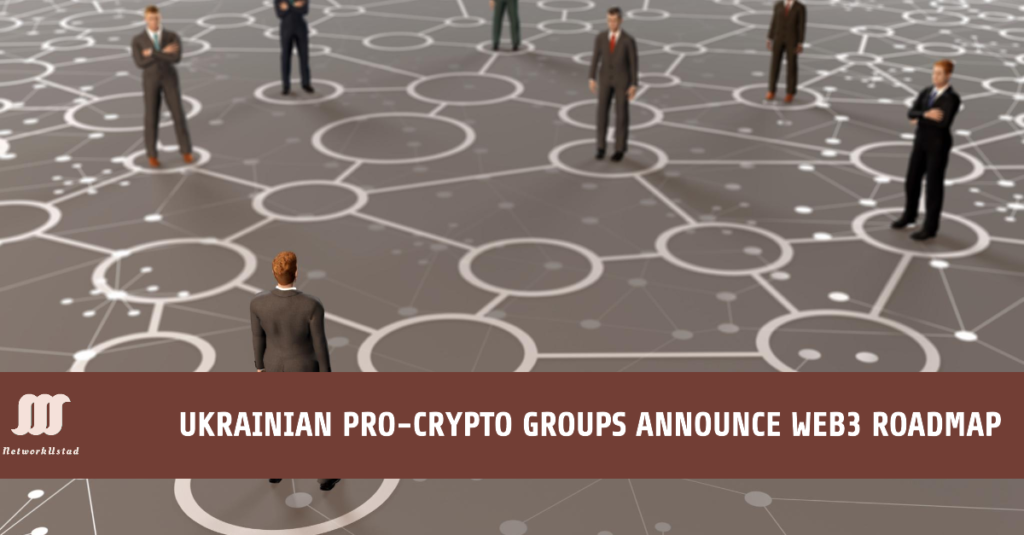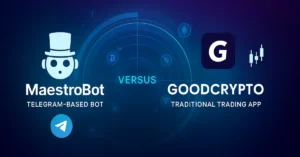The Web3 Foundation, which manages the development of Polkadot and other Ethereum-related projects, has announced a roadmap with three primary goals over the next 12 months to integrate blockchain technologies into the online world. During an event in Kyiv, the organization described three key challenges facing blockchain technology: interoperability, scalability, and usability. The Web3 Foundation aims to focus on creating solutions to these problems and hopes to expand Web3’s developer community in the process. If you are new to trading bitcoins, learn about the four popular use cases.
About Pro-Crypto Groups
In a joint statement released last week, Ukrainian pro-crypto groups announced their plan for Web3, a decentralized internet. The groups, which are committed to the development of blockchain technology and other decentralized technologies with web applications, revealed their roadmap, which includes developing and implementing technological projects that would make accessing the internet safer and more private.
The first step in this process is to create new protocols based on the principles of decentralization. This includes developing a protocol called Ethereum 2.0, which will be built on top of sharding (the breaking down of data into smaller parts) and proof-of-stake (instead of using mining as its main consensus algorithm). This will allow it to scale without blockchain bloat or large electricity consumption.
What is the Web3 roadmap?
The Web3 roadmap is an initiative to address the possible disruption of the Internet by ensuring decentralized versions of all major services and technologies. The initiative makes it impossible for any centralized entity, such as Facebook or Google, to control how people use the internet.
These decentralized versions will be developed in three phases. Phase 1 has already been completed and includes using Ethereum’s blockchain for a digital identity system and a peer-to-peer file-sharing system called InterPlanetary File System.
How will the roadmap be implemented?
The plan is to create a self-sustaining community of crypto enthusiasts and professionals working together to build decentralized infrastructure, applications, and communities. This will be done through a series of conferences worldwide with an in-person component. In 2019, they planned to hold five conferences in different locations worldwide: three in Europe, one in Asia, and one in North America. At these conferences, they will educate attendees on how the blockchain works, introduce them to basic programming languages such as Solidity, teach them about cryptocurrency mining, etc.
What are the benefits of the roadmap?
The roadmap is a four-step plan to expand the capabilities of blockchain. The first step is to create an environment where individuals and organizations can interact with each other without going through intermediaries. In the second step, cryptos are introduced as a means of payment for goods and services. The third step includes decentralizing governance, allowing communities to self-organize and manage themselves without central authority. Lastly, the fourth step involves giving everyone access to information on decision-making at all levels, from local councils to global organizations. This enables people to make informed decisions about how they want their future shaped.
How will the roadmap benefit Ukraine?
Ukraine’s national currency, the Hryvnia, is worth less than one US dollar. This has led to much uncertainty in the country and its economy. The new pro-crypto groups hope to change this by formalizing blockchain technology and implementing it into their economic system. If successful, this could be a major benefit for Ukraine because of the high value of Bitcoin and other cryptocurrencies. In addition, the Ukrainian government will have access to a new source of revenue as they tax cryptocurrency use. This could help them bring an end to their ongoing financial crisis as well as reinvigorate their economy with new growth opportunities.
Conclusion
Many are excited about the future of crypto and blockchain, but few know what this future will look like. The uncertainty is partly due to a lack of innovation in the space and the diverse ideologies that currently exist within the ecosystem. Ukrainian pro-crypto groups are now actively working on a framework for Web3, which would create an open-source, decentralized internet. This infrastructure would be more resistant to censorship and outside interference and could usher in a new blockchain technology innovation era.





